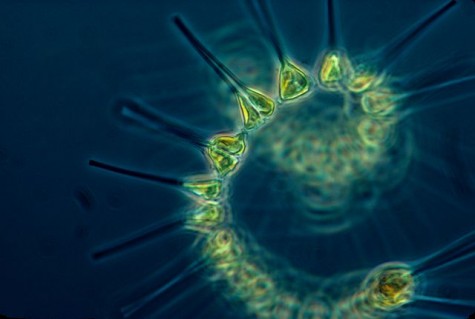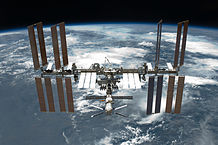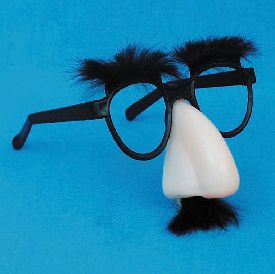 My nose has been extra-sensitive lately. I can catch dog food at a hundred paces, both the kitchen and my still-diaper-wearing kids’ bedroom feel like odor minefields, and I have to walk along the lineup of barbecues at the nearby park with my shirt over my face.
My nose has been extra-sensitive lately. I can catch dog food at a hundred paces, both the kitchen and my still-diaper-wearing kids’ bedroom feel like odor minefields, and I have to walk along the lineup of barbecues at the nearby park with my shirt over my face.
It’s a good thing I’m not an astronaut. People who’ve worked on the International Space Station report that they come in from a space walk reeking of some of my recent nemeses. Burned steak. Welding fumes. Fireworks. Astronaut Reid Wiseman reported last month that when they opened the ISS hatch to the Cygnus hatch, the aroma was similar to “wet clothes after rolling around in the snow.”
The combination of space and space station air must be especially pungent, because astronauts generally have trouble smelling things. Without gravity, space station residents’ faces swell up and their sinuses don’t drain well, making everyday olfactory irritations, like sweaty socks, much less dramatic.
The compounds responsible for these smells are polycyclic organic hydrocarbons, many from dying stars; a space shuttle traveling into the further reaches of the universe might find space to be sugary or, in the ethyl formate-filled cloud Sagittarius B2, rummy or raspberry scented.
That doesn’t sound so bad.
 Another scent that vacillates between bearable and barf-worthy for me these days comes from the ocean. I always thought it was just the salt air, but it’s actually mostly dimethyl sulfide. Sailors have used it to sniff out land, and seabirds use it to track down food. According to a recent study, krill crush phytoplankton as they eat it, which kicks off a series of reactions that produce more DMS. The scent draws birds like petrels and albatross, and also may signal sea creatures from penguins to sharks, and connects the lowest strands of the food web to the highest.
Another scent that vacillates between bearable and barf-worthy for me these days comes from the ocean. I always thought it was just the salt air, but it’s actually mostly dimethyl sulfide. Sailors have used it to sniff out land, and seabirds use it to track down food. According to a recent study, krill crush phytoplankton as they eat it, which kicks off a series of reactions that produce more DMS. The scent draws birds like petrels and albatross, and also may signal sea creatures from penguins to sharks, and connects the lowest strands of the food web to the highest.
The sulphur produced from DMS can also attract something a little more high-flying: clouds. It seeds cloud-formation, and can help with atmospheric cooling as a result. So while sometimes it’s a little scary for me to inhale, I’ll try to remember that even if my stomach’s churning, some of these scents help the climate churning, too
. **
Images
Phytoplankton by the NOAA MESA project; International Space Station by NASA; Groucho glasses by StickyWikis. All via Wikimedia Commons.